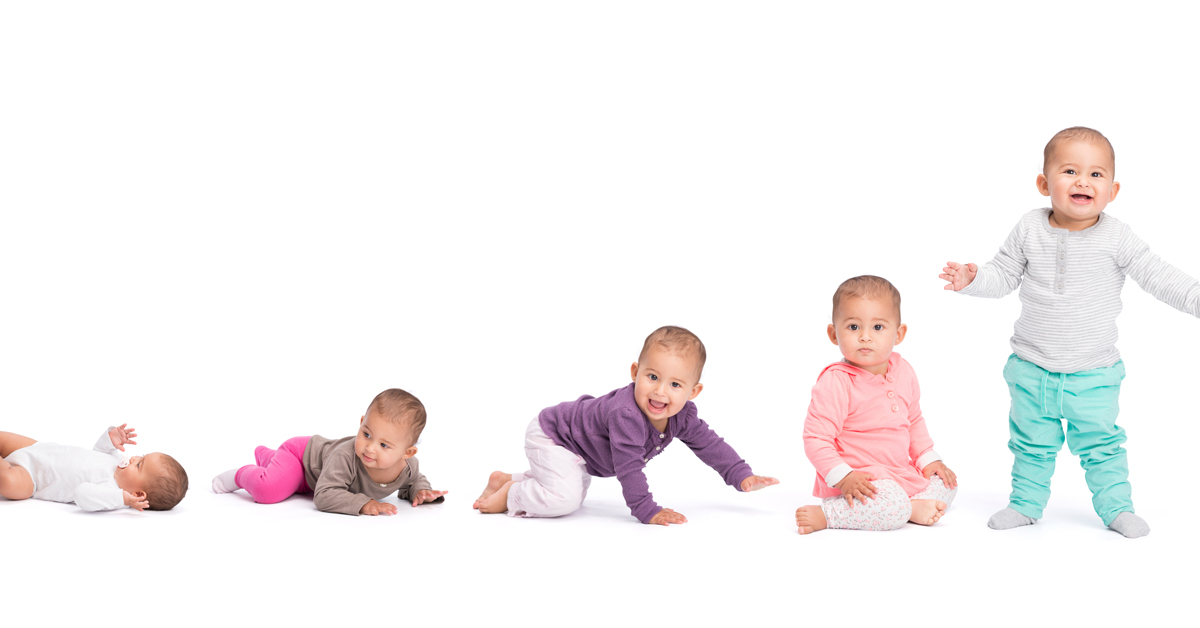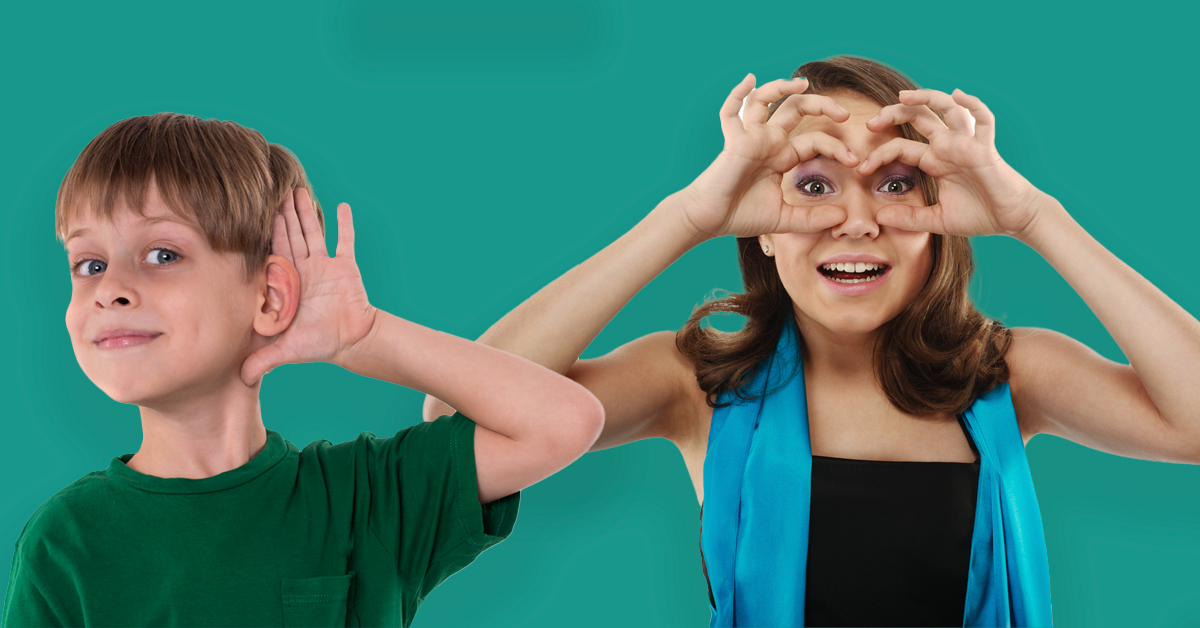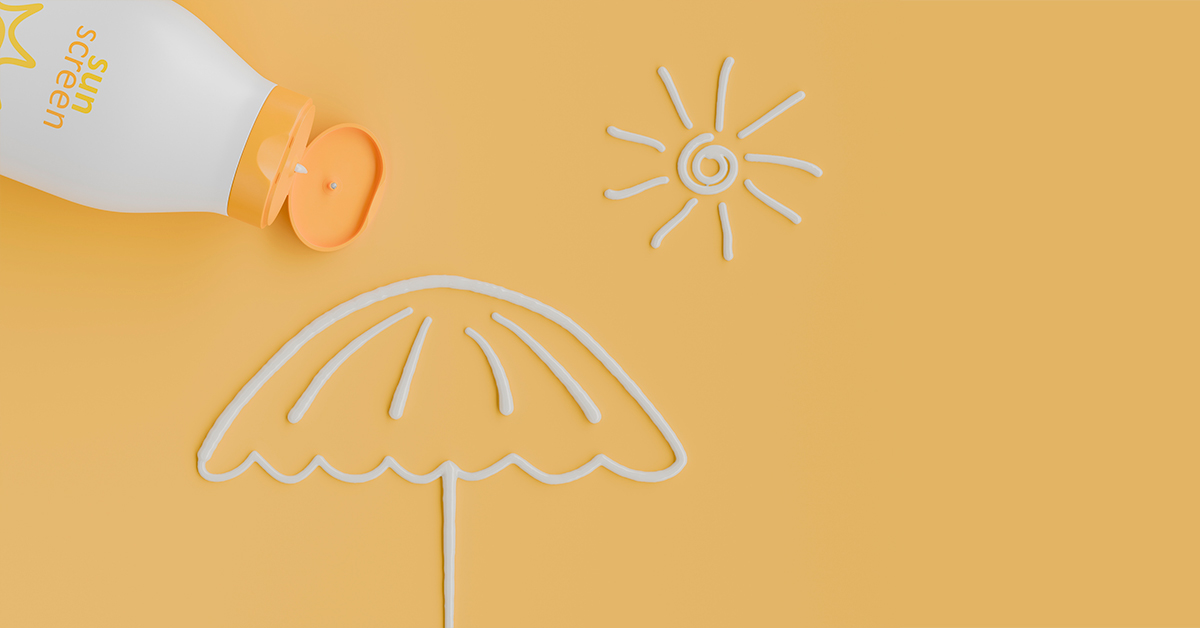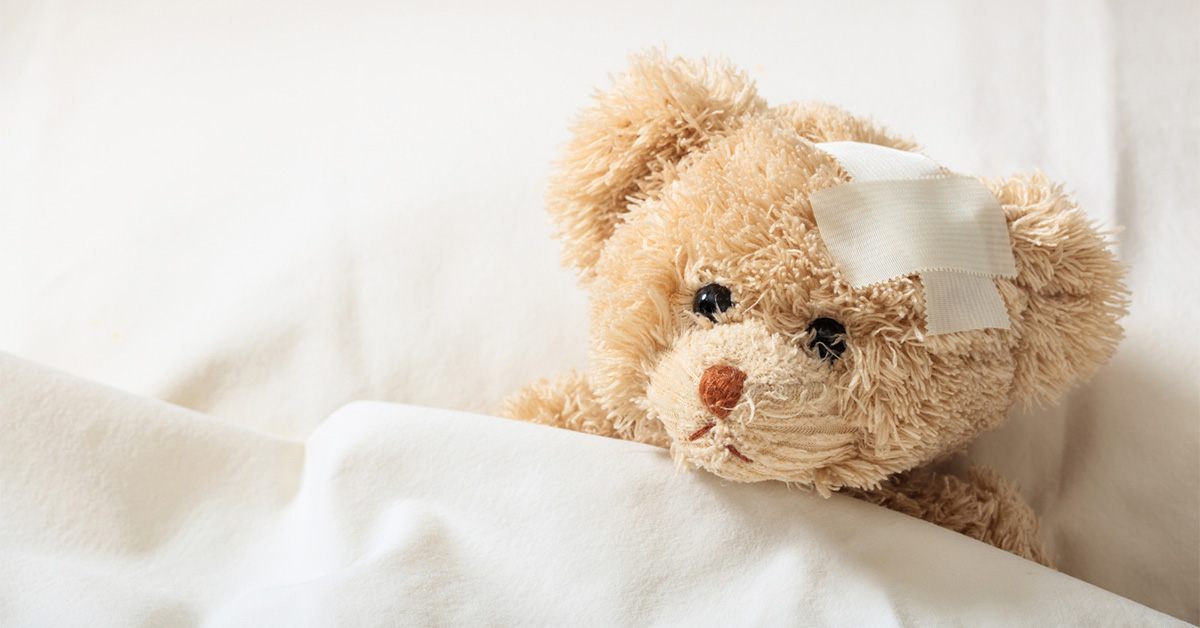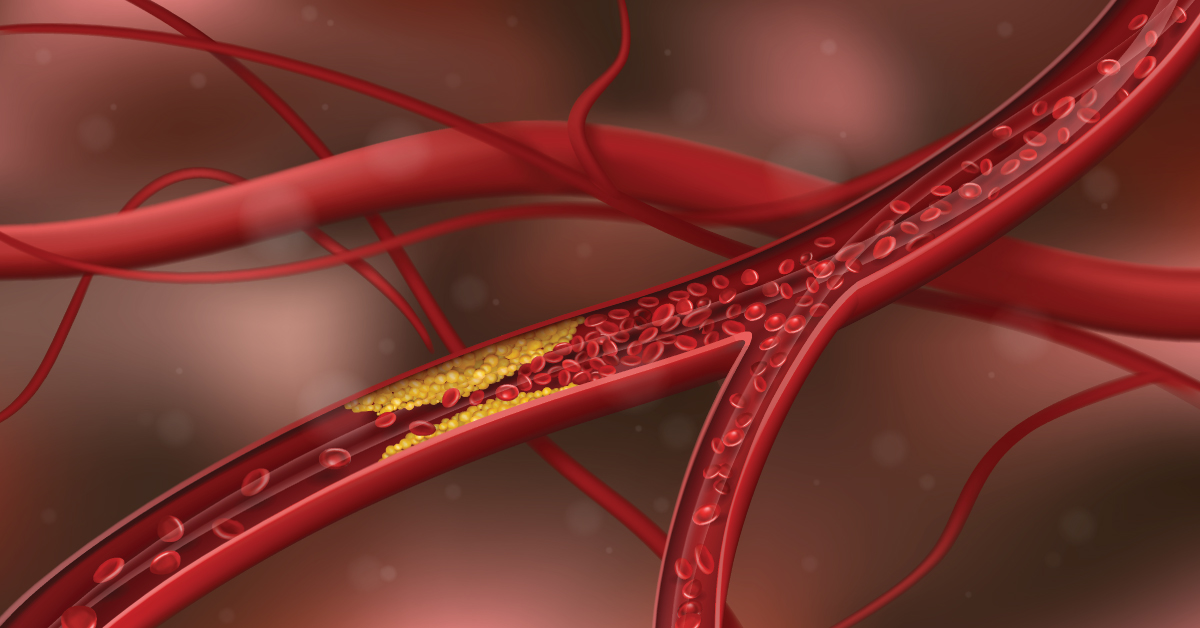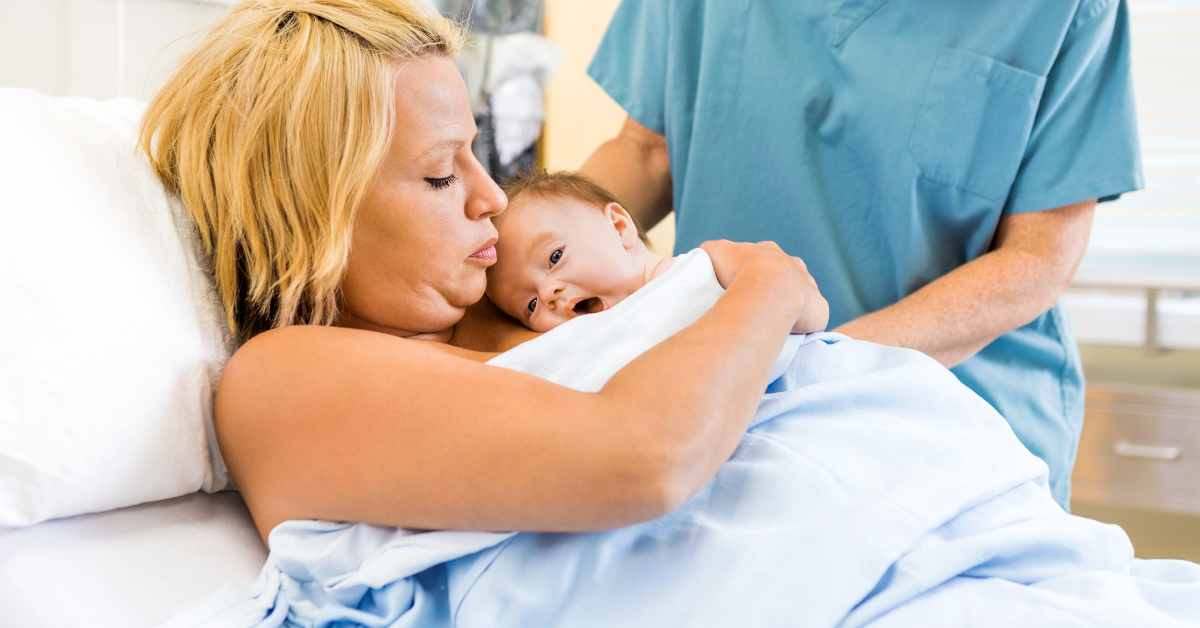The first year of life is a whirlwind of wonder! Witnessing your baby blossom from a curious newborn to a mobile, babbling explorer is an incredible journey. This blog post will serve as a guide, exploring the exciting milestones your child might reach in those first 12 months. We’ll break down development into four key areas: physical, cognitive, language, and social-emotional. Additionally, we’ll suggest play activities that nurture these areas at each stage.
0-3 months: A world of new sensations
This precious period is all about establishing basic reflexes and adapting to the world outside the womb.
- Physical: Makes eye contact, lifts head briefly while on tummy, reaches for objects with a wide grasp reflex, responds to loud noises by startling.
- Cognitive: Tracks objects with eyes, begins to differentiate between familiar and unfamiliar faces, recognizes comforting voices.
- Language: Coos, gurgles, cries in different tones to express needs.
- Social-emotional: Shows calming response to familiar touch and voice, smiles at caregivers, enjoys social interaction.
Play recommendations
- Tummy time: Place your baby on their tummy for short periods throughout the day to strengthen neck and back muscles.
- High-contrast toys: Utilize black and white mobiles or high-contrast books to stimulate vision.
- Singing and talking: Talk and sing to your baby in soothing tones, and narrate your daily activities.
- Skin-to-skin contact: Cuddle your baby regularly, promoting bonding and emotional security.
4 months: Reaching and grasping
Your little one becomes more interactive and curious about the world.
- Physical: Rolls from front to back and back to front, reaches and grasps for objects with improved hand-eye coordination, and transfers objects from hand to hand.
- Cognitive: Begins to understand object permanence (knowing objects still exist even if hidden), and explores different sounds and textures.
- Language: Babbles with more complex sounds, laughs out loud, and vocalizes excitement during play.
- Social-emotional: Shows stranger anxiety, enjoys playing peek-a-boo, and recognizes and responds to familiar faces with excitement.
Play recommendations
- Grasping toys: Provide brightly colored rattles, textured balls, or crinkly books for exploration.
- Peek-a-boo and mirror play: Engage in playful interactions that promote social development and self-awareness.
- Mobile play: Hang a mobile with engaging objects that your baby can reach for and bat at.
- Sing-alongs and story time: Introduce simple songs and board books with colorful illustrations.
6 months: Sitting up and taking notice
This stage is marked by increased mobility and a growing understanding of the environment.
- Physical: Sits with support, transfers weight from one leg to another in preparation for standing, and brings objects to mouth to explore.
- Cognitive: Begins to understand cause and effect, imitates simple sounds and gestures, explores object properties like shaking or banging.
- Language: Babbles with inflections, uses single syllables like “ba” or “da,” understands familiar words like “no” or “bye-bye.”
- Social-emotional: Develops separation anxiety, shows a preference for familiar caregivers, and enjoys playing alongside other babies.
Play recommendations
- Sit and play: Provide objects of different shapes, sizes, and textures to manipulate while seated.
- Floor gyms and activity centers: Offer safe, stimulating play areas that encourage exploration and movement.
- Simple cause and effect toys: Introduce toys that make sounds when pressed or shaken to promote understanding of cause and effect.
- Interactive games: Play games like patty-cake or “Itsy Bitsy Spider” to encourage social interaction and language development.
9 months: Crawling and cruising
Mobility explodes, and your child becomes increasingly independent.
- Physical: Crawls effectively, pulls up to stand using furniture support, and begins to cruise along furniture.
- Cognitive: Solves simple problems like removing objects from containers and demonstrates object permanence more clearly.
- Language: Understands simple commands like “no” or “come here,” uses gestures like pointing to communicate needs, and babbles with more complex sounds and variations.
- Social-emotional: Shows separation anxiety with increased intensity, enjoys parallel play alongside other children, and may exhibit possessiveness over toys.
Play recommendations
- Push and pull toys: Provide ride-on toys or cars that your child can push or pull while exploring their surroundings.
- Stacking cups or blocks: Introduce simple stacking toys to encourage hand-eye coordination and problem-solving skills.
- Peek-a-boo variations: Hide familiar objects and have your child find them. Play variations like hiding yourself behind a blanket or peeking around a corner.
- Cause and effect toys: Offer toys with buttons or levers that activate sounds or lights, encouraging your child to understand cause and effect.
- Sing songs with actions: Sing songs with simple movements like “Itsy Bitsy Spider” or “If You’re Happy and You Know It” to promote gross motor development and social interaction.
- Sensory bins: Create a safe sensory bin filled with textured items like beans, crinkly paper, or colorful scoops for exploration.
12 months: Taking first steps
This exciting year marks the transition from crawling to walking, with significant advancements in all developmental areas.
- Physical: Walks independently with support, picks up small objects with a pincer grasp, and climbs stairs with assistance.
- Cognitive: Understands simple routines, explores objects in more complex ways (pretend play), and solves simple puzzles.
- Language: Says several words (around 10-12), understands simple questions and instructions, and uses gestures along with words.
- Social-emotional: Shows strong attachment to familiar caregivers, experiences separation anxiety when left alone, and enjoys playing simple games with others (peek-a-boo, pat-a-cake).
Play recommendations
- Push and pull toys: Introduce larger ride-on toys or wagons for enhanced exploration.
- Shape sorters: Provide shape sorters or nesting cups to challenge problem-solving skills.
- Pretend play toys: Offer toy dishes, phones, or stuffed animals to encourage imaginative play.
- Board books with simple stories: Read interactive board books that involve actions like turning pages or naming objects.
- Sing-alongs and action songs: Continue singing songs and incorporate simple movements for gross motor skill development.
Remember: Every child develops at their own pace. These milestones serve as a guideline, and it’s important to celebrate your child’s unique journey.
The first year is all about incredible growth! While milestones are a helpful guide, remember development happens at its own pace. If you have concerns, talk to your baby’s provider. Call Welia Health Welia Health at 320.679.1313 or request an appointment online at any time. We also encourage you to ask questions during your child’s regular well-child visits.
We continue exploring development milestones in the next part of this series, venturing into the world of toddlerhood (1-4 years old). Stay tuned!
Resources
- Minnesota Help Me Grow
- CDC Milestone checklists (PDF) and Milestone Tracker app


